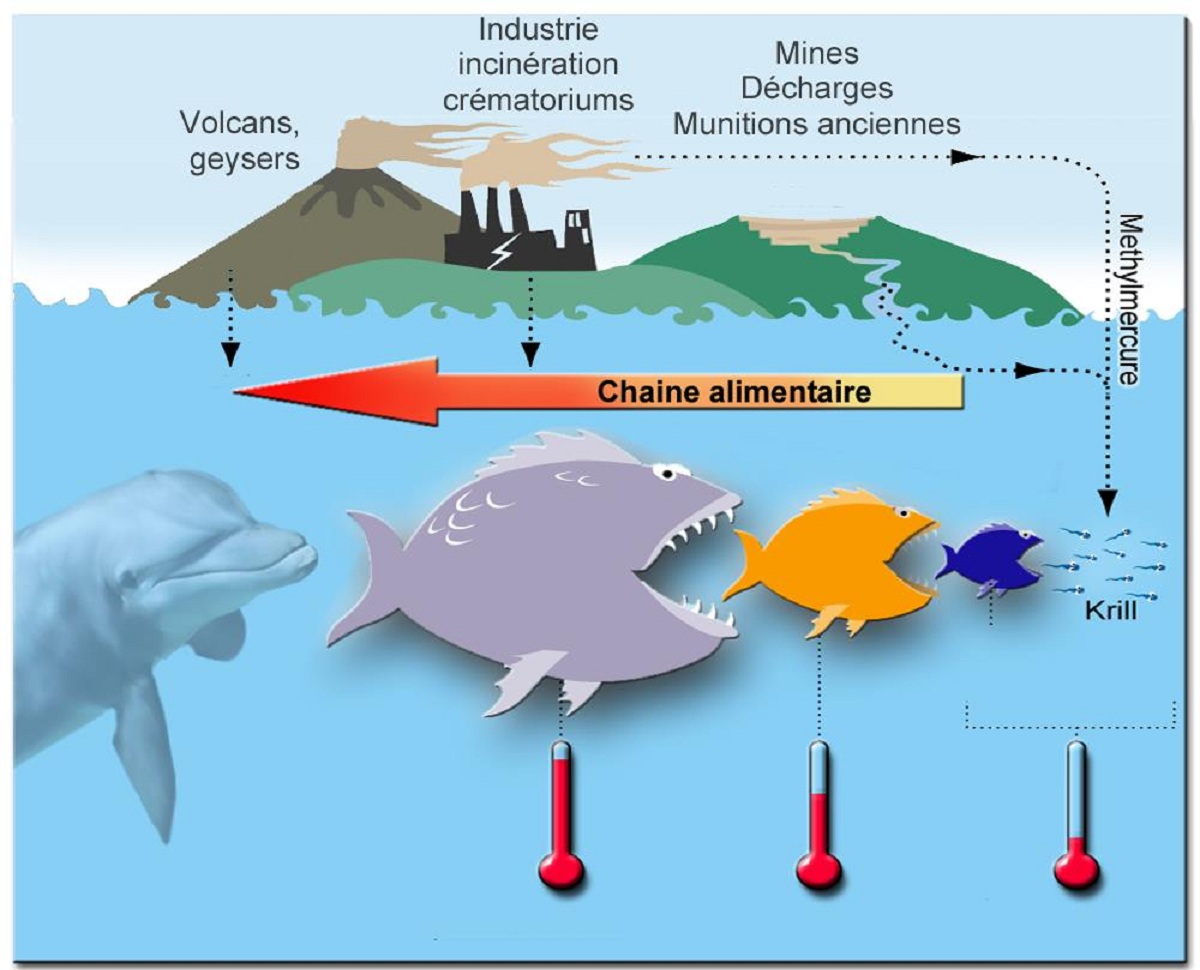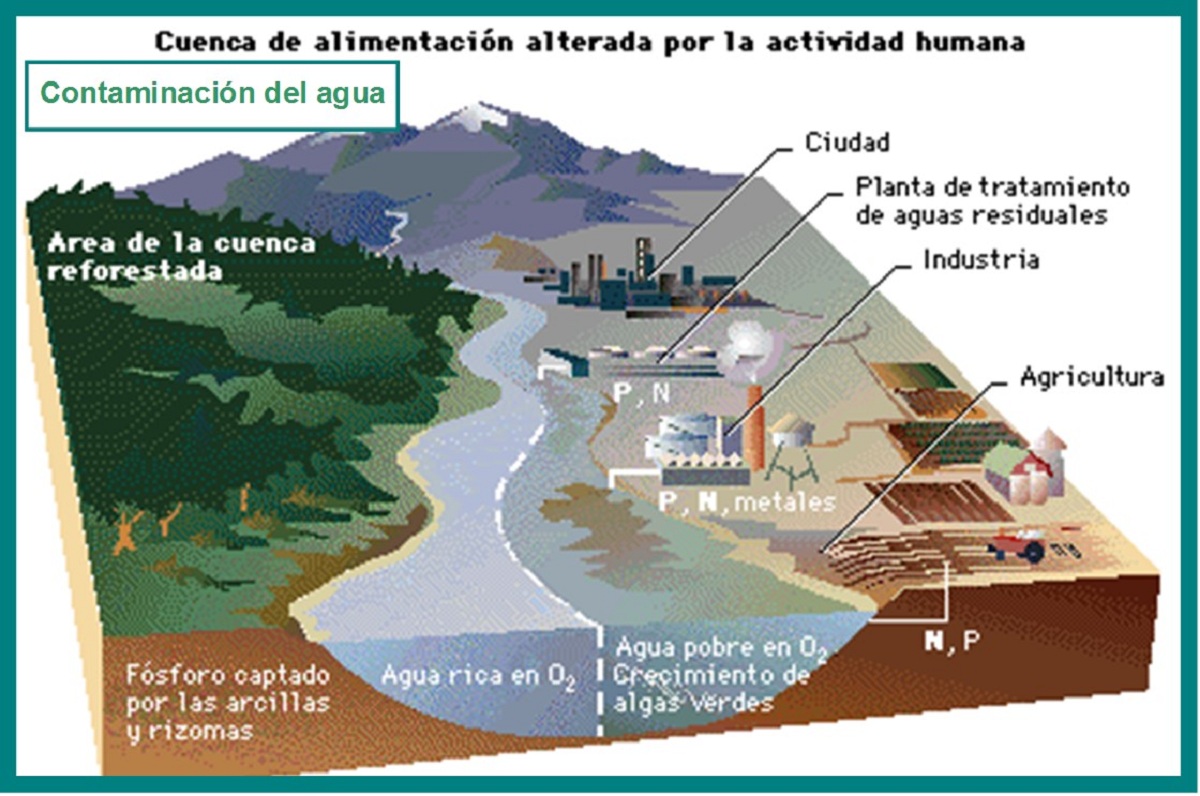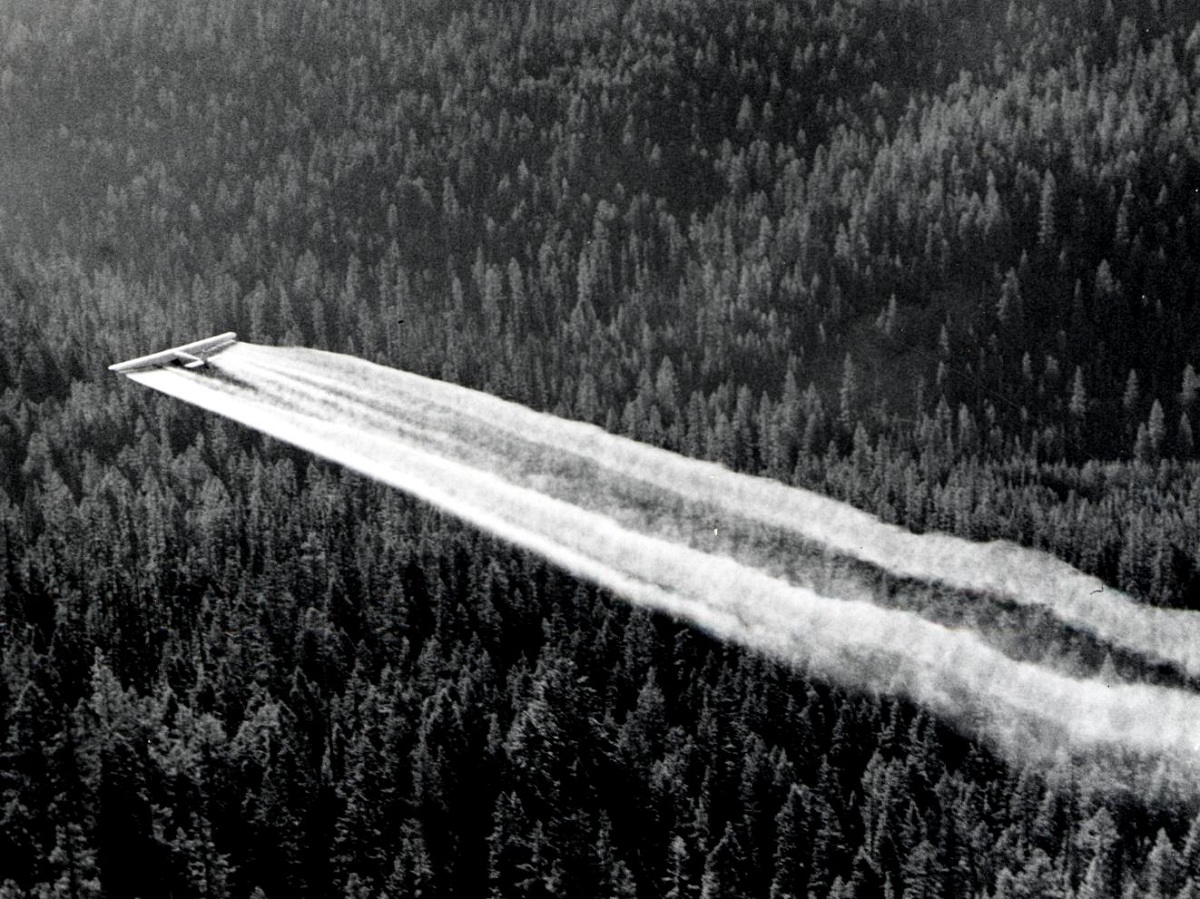
One of the pollution processes that is quite problematic due to the way they act is the Bioaccumulation. Bioaccumulation as such is defined as the process of gradual deposition during a certain time of the chemical substance in the organism of a living being. This kind of absorption can occur because the product is absorbed faster than it can be used or because it cannot be metabolized. Whatever the reason, if the product that accumulates is harmful, it can become a problem for the health of people and the environment.
In this article we are going to tell you everything you need to know about Bioaccumulation, how it takes place and what its characteristics are.
Key features

It must be taken into account that Bioaccumulation it does not have to be a negative if the compound that accumulates is not harmful. However, most of the products that are named after the Bioaccumulation process are usually harmful to health or the environment. Some products such as mercury can accumulate in the tissues and if it is an element that is harmful to health. Many of the chemical pollutants that are bioaccumulative come from many sources and accumulate from living things. For example, large amounts of pesticides that we use in agriculture to prevent pests are retained by organisms and passed through the food chain.
Meteorological phenomena such as rain can wash the land that has recently been treated with pesticides. It is here where the phenomenon of surface and underground runoff causes these chemical products to accumulate in streams, rivers, estuaries and finally in the sea. To reach these ecosystems where flora and fauna livethe amount of fertilizers comes into contact with these living beings and the entire ecosystem. If the product that accumulates, as in this case, is harmful, it can generate problems in the food chain and in the health of living beings.
Another of the main sources of toxic pollutants by which Bioaccumulation occurs comes from industrial smokestacks and automobile emissions. All vehicles that have fossil fuel combustion and that emit greenhouse gases will be accumulated in the atmosphere and will return to the earth in the form of precipitation. Deliberate discharge of these wastes into rivers it is also another source of chemical pollutants and produces Bioaccumulation.
Bioaccumulation and biomagnification

Once contaminants are in water or soil they can easily enter the food chain. They mainly begin to enter through phytoplankton. The phytoplankton begins to spread and is passed on to other individuals that belong to the zooplankton. It is here where you can find the point that ascends the step by step until you reach the top of the food pyramid. Many times the end of the food chain is the human being.
We return to the example of mercury. If human beings pollute the waters of rivers, lakes and all sources of water that at the end they flow into the sea and come into contact with the living beings there. These living beings will introduce phytoplankton or zooplankton food into their body. From these organisms they pass, through the food chain, until the human being consumes them.
While the amount of pollutants may be small enough to cause no harm lower down the food chain, the concentrations add up as they accumulate. Such is the Bioaccumulation that occurs that in the end it can cause serious damage to the higher organisms of the food pyramid. This phenomenon is known by the name of biomagnification.
Bioaccumulation and DDT

One of the classic examples of Bioaccumulation that have led to biomagnification occurred with the insecticide known as DDT. This insecticide helped control mosquito and other insect pests and was highly effective. However, the rain carried this insecticide with the water currents from the product to the lakes and oceans. The pollutant accumulated within each organism and became biomagnified. All of this was carried out through the food chain until it reached the highest levels. One of the examples
Of the predators that were victims of the Bioaccumulation processes were raptors and seabirds. These birds include bald eagles and ospreys, peregrine falcons, and brown pelicans. The herons were also damaged by ingesting times in their diet. The levels of this insecticide that were found in the shells of the eggs of these birds was very high. This explained why their shells were very weak and when the parents themselves tried to hatch them, they ended up breaking the eggs, the chicks died. This is how many of the populations of these birds began to plummet.
Finally, to alleviate these problems, DDT was completely eliminated and the rest of the world banned it in 1972. Since then, there have been numerous advances in the recoveries of these raptors.
Is it dangerous for people?
It is one of the questions that most people ask themselves. Bioaccumulation and biomagnification of toxic pollutants can put human health at risk. If humans end up consuming organisms that are in a relatively high position in the food chain, we are exposed to high doses of some harmful chemicals that are accumulated through the food chain.
For example, swordfish, shark, and tuna have often accumulated large amounts of mercury. Many of the so-called blue fish tend to have high concentrations of polychlorinated biphenyls. This chemical agent also ends up being bioaccumulated but in the body of human beings.
I hope that with this information you can learn more about what Bioaccumulation is and what the consequences are for humans and the environment.